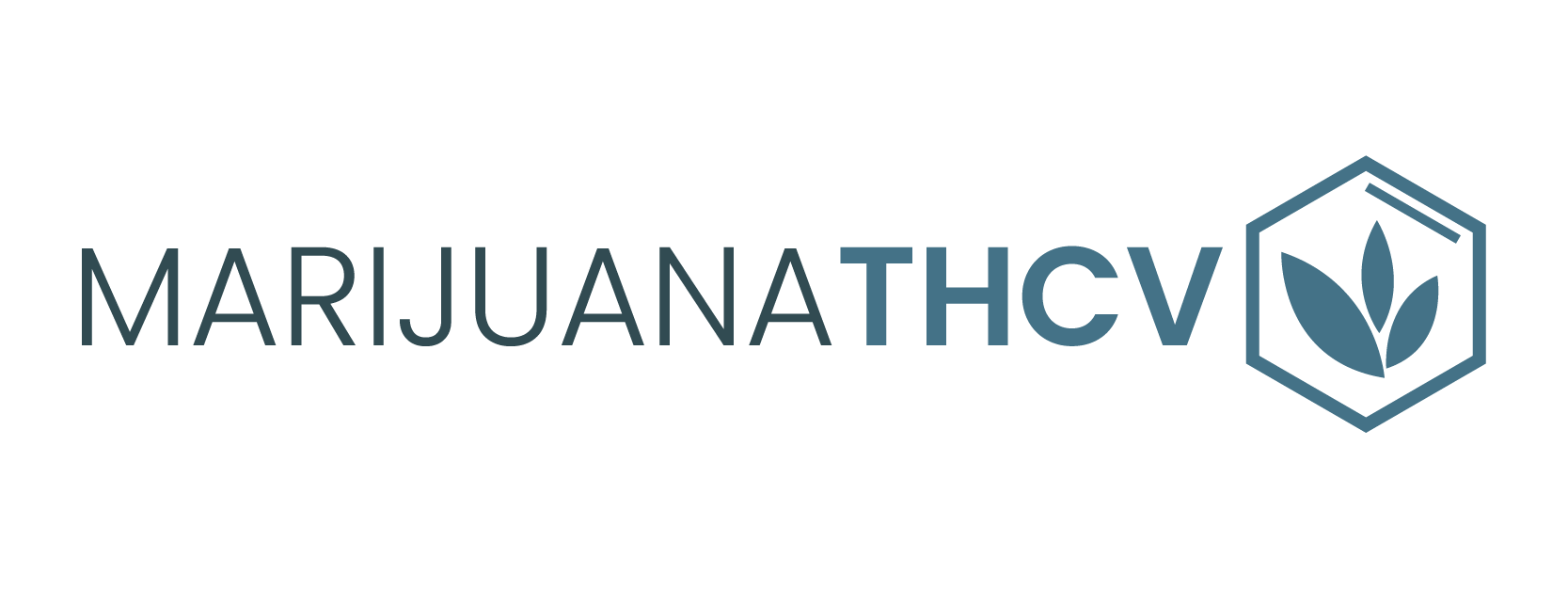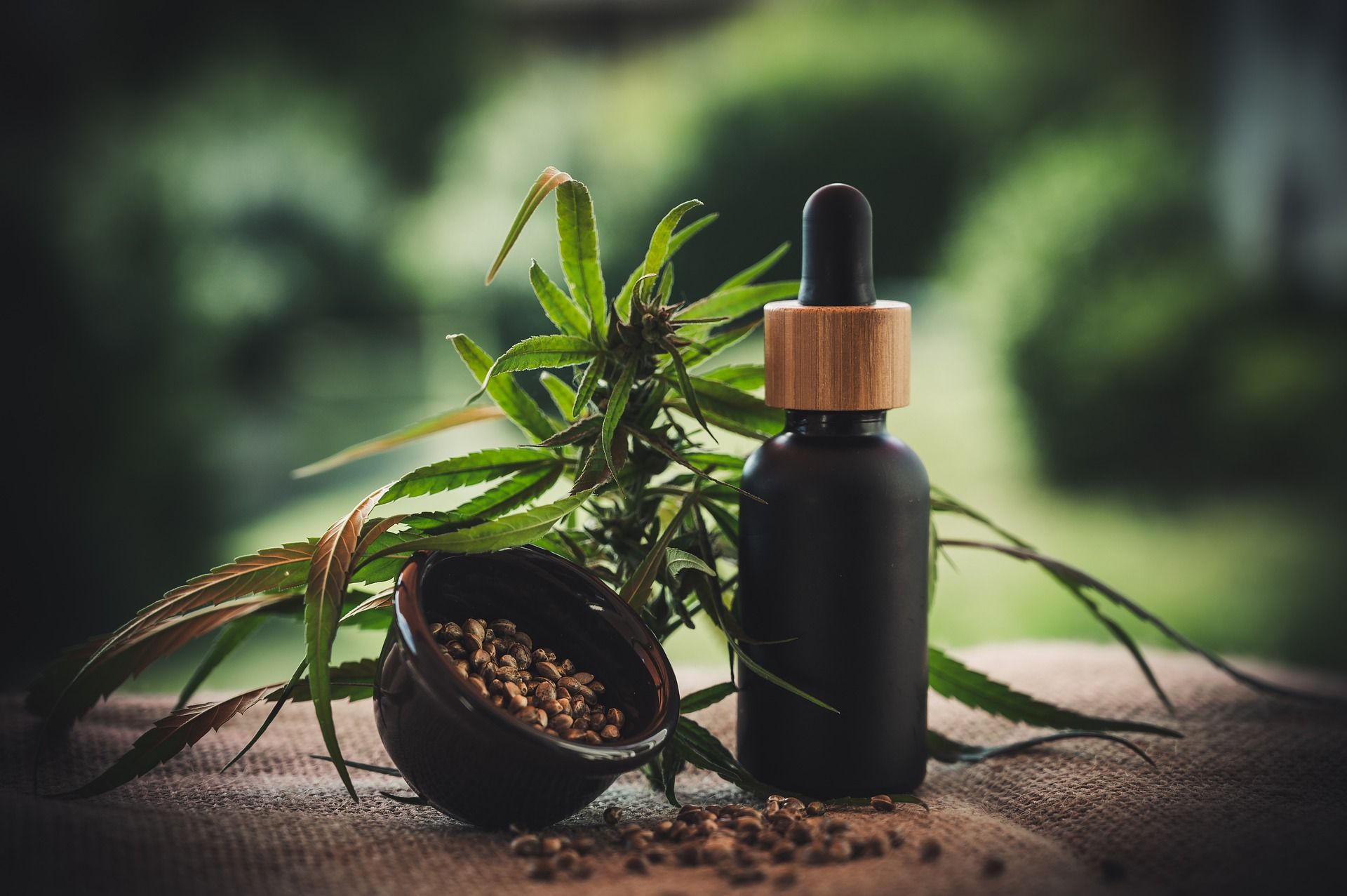Cannabis science has advanced rapidly in recent years, and with it has come a wave of cannabinoids beyond the traditional Delta-9 THC. Consumers now encounter Delta-8, Delta-10, and even THCV on dispensary shelves. While all of these compounds share similarities, they behave differently in the body, producing distinct effects. Understanding how THCV compares to its THC counterparts can help consumers navigate this evolving landscape.
A Structural Difference
The most important distinction between THCV and the THC variants lies in their molecular structures. Delta-8, Delta-9, and Delta-10 are isomers of THC, meaning they share the same atoms but with slight differences in how those atoms are arranged. THCV, on the other hand, is structurally unique: it has a three-carbon side chain instead of the five-carbon side chain present in THC. That shorter chain changes the way it interacts with cannabinoid receptors, leading to an entirely different experience.
Delta-9 THC: The Classic Standard
Delta-9 THC remains the most common cannabinoid associated with cannabis. It binds strongly to CB1 receptors in the brain, creating the euphoric and intoxicating high most people recognize. Delta-9 also triggers appetite stimulation—famously known as “the munchies.” While it offers therapeutic potential for pain and nausea, it can sometimes produce side effects like anxiety or paranoia, depending on the dose and individual tolerance.
Delta-8 THC: A Calmer Option
Delta-8 THC has gained a foothold thanks to its softer psychoactive effects and broader legal accessibility in certain markets. Its weaker binding to CB1 receptors translates to a less intense high compared to Delta-9. Many consumers describe Delta-8 as providing relaxation, a gentle buzz, and reduced stress without the overstimulation or paranoia that can occur with stronger THC products. This makes it an appealing choice for those new to cannabis or those seeking milder effects.
Delta-10 THC: Energy and Creativity
Delta-10 THC is less abundant and often produced through chemical conversion of hemp-derived CBD. Reports suggest it produces a more uplifting effect, often compared to a sativa strain’s qualities. Users often describe enhanced creativity, energy, and alertness. Its psychoactivity is generally lighter than Delta-9, making it an option for people who prefer a daytime cannabinoid experience that doesn’t feel overwhelming.
THCV: The Contrarian Cannabinoid
Where Delta variants tend to enhance appetite and promote relaxation, THCV often does the opposite. At low doses, THCV acts as a CB1 antagonist, meaning it can block THC’s effects and suppress appetite. This has led to its popular nickname, “diet weed,” although research is ongoing and consumer experiences vary. At higher doses, THCV may shift gears, acting as a CB1 agonist that produces light, short-lived psychoactive effects.
Unlike the Delta THCs, THCV is often described as energizing, focusing, and mentally clear. Some users find it boosts motivation and alertness, making it appealing for daytime use. However, because THCV is found in very low concentrations in most strains—particularly in African sativas like Durban Poison—it remains rare and expensive compared to Delta-8, Delta-9, or Delta-10.
Why It Matters
Each cannabinoid offers something different:
- Delta-9 delivers the traditional cannabis high.
- Delta-8 provides a gentler, calming version.
- Delta-10 leans toward stimulation and creativity.
- THCV brings clarity, energy, and potential appetite control.
These differences mean consumers can tailor their cannabis use to specific goals—whether it’s relaxation, productivity, or curiosity about rare compounds.
Closing Thoughts
As cannabis research expands, so does the variety of cannabinoids available to consumers. THCV may not be as widely available as the Delta THCs, but its unique properties highlight just how versatile the plant can be. For those interested in new experiences, understanding how THCV diverges from Delta-8, Delta-9, and Delta-10 is a valuable step toward informed exploration in today’s dynamic cannabis market.

